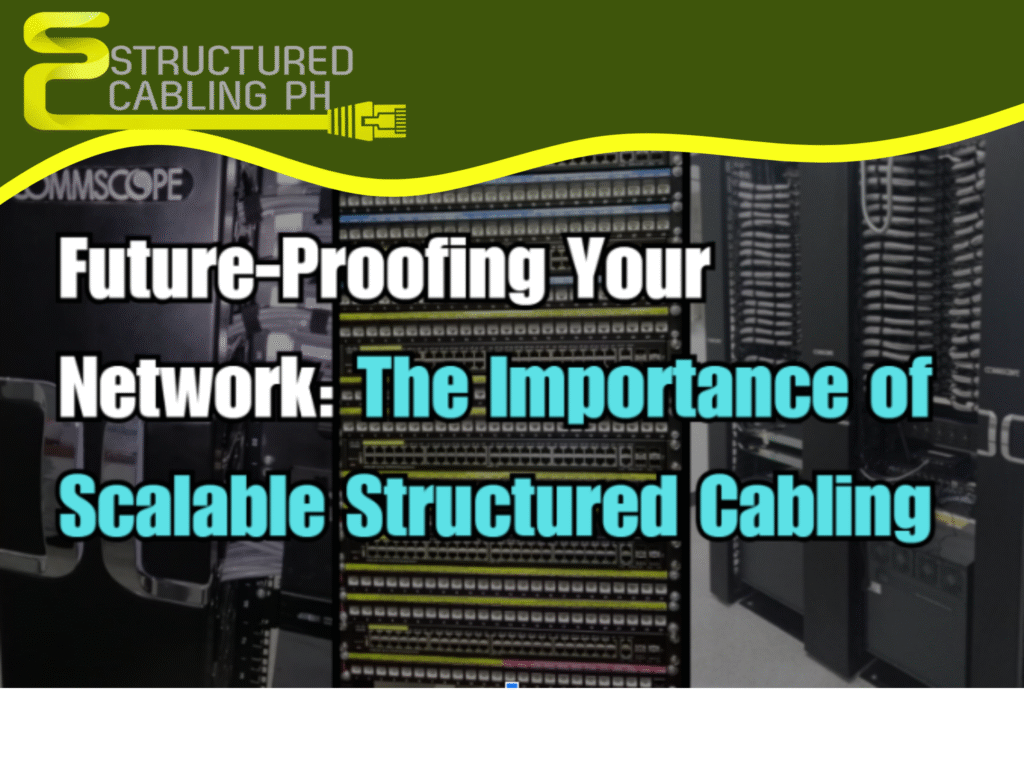
With the increasing reliance on technology, a dependable and efficient network infrastructure has become fundamental to organizational success. Structured cabling systems provide a stable and scalable foundation for all communication technologies, enhancing network performance, streamlining maintenance, and supporting future growth. This article explores the key benefits of structured cabling and highlights why it is an essential investment for businesses aiming to build a resilient, future-ready infrastructure.
What is Structured Cabling?
Structured cabling is a smart, standardized approach to building a reliable network infrastructure that can support a wide range of technologies. It brings together a well-organized system of cables, connectors, and hardware designed to keep your communication systems running smoothly—whether that’s for data, voice, video, or other business applications. By offering flexibility and scalability, structured cabling ensures your network is ready to grow and adapt as your organization evolves, all while maintaining efficient and seamless connectivity.Why Structured Cabling Is Important
In today’s tech-driven world, a well-organized and efficient network is the foundation of your business. Structured cabling offers a streamlined, standardized approach to connecting all your communication systems, ensuring everything works seamlessly together. Unlike a tangled mess of cables, structured cabling makes it easier to manage, troubleshoot, and expand your network as your business grows. Here’s why it’s so crucial:-
Reliability:
Structured cabling ensures your network stays reliable and stable. By using high-quality cables, connectors, and proper installation practices, you minimize the risk of interference, connection issues, and unexpected downtime. This reliability is essential for keeping business operations smooth, especially for activities that rely on constant, uninterrupted connectivity like VoIP calls, video conferencing, and cloud access. -
Scalability:
As your business evolves, so do your IT needs. Structured cabling is designed to grow with you. Whether you’re adding new workstations, expanding to additional locations, or integrating advanced technology, it’s simple to add or modify components without major disruptions. A properly structured system offers flexibility, so you don’t have to worry about outgrowing your infrastructure as your needs change. -
Efficiency:
The simplicity of structured cabling makes everything easier to manage. With clear labeling and organized routing, it’s faster to locate and fix issues. This reduces troubleshooting time and keeps your network running smoothly, saving both time and money. When problems do arise, the neat, organized structure means technicians can quickly pinpoint the root cause and make repairs without affecting other systems, minimizing downtime. -
Future-Proofing:
Structured cabling isn’t just built for today’s technology—it’s designed to support tomorrow’s innovations. As data demands increase and new technologies emerge, structured cabling ensures your network can handle future growth. Whether it’s handling higher bandwidth for smart devices, supporting 5G, or integrating IoT systems, a structured cabling system ensures that your business is prepared for whatever comes next without needing a complete overhaul. -
Aesthetics and Safety:
A clean, organized cabling system doesn’t just improve your workspace’s appearance; it also enhances safety. With cables neatly tucked away and properly routed, you reduce the risk of tripping hazards and ensure better airflow around equipment, preventing overheating. Plus, a professional-looking network setup helps present a polished, efficient image to clients, partners, and employees alike.
Benefits of Structured Cabling Systems
-
Enhanced Scalability
-
Improved Network Performance
-
Simplified Troubleshooting and Maintenance
-
Cost-Effective and Future-Proofing
-
Support for Multiple Systems and Applications

